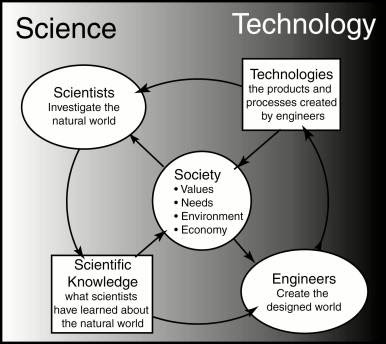The mass media has a powerful impact on the people. Publication of news and advertisements in the visual form, no doubt leaves a deep imprint on the minds and therefore, has a more lasting effect.
Similarly, the mass media has made the rapid spread of knowledge possible through various search engines such as Google, Yahoo, etc. The mass media is a convenient vehicle where information on entertainment is easily accessible to members of the public too by logging online. Dutifully note that due to mass media, unfounded rumors and allegations spread like wild fire in cyber space such as blogs, e-mails.
INTERNET
There is no doubt the Internet is a wondrous creation. The entire world is rapidly becoming obsessed with it. Everywhere you look you're bound to see something related to the Internet.
There is little doubt about how useful the Internet can be. Schoolchildren can receive help with homework, investors can keep track of stocks, sports scores and statistics are just a click away for fans. These are but a few of the myriad ways people use the Internet.
GADGETS
A gadget is a device or appliance having a unique purpose and function. At the time of invention, a gadget is often way ahead of its peers in terms of novelty and uniqueness. This is what makes them, so desirable and 'cool'!
That modern gadgets have changed the world, is a gross understatement. No one wants to go back to the days of no television, no washing machines and certainly, no cell phone. Hi-tech gadgets are proliferating by the dozen, as companies vie with each other to catch the eyes of gadget freaks or just time-pinched consumers.
Yet, rising from the din of MP3 players, DVD film premiers and podcasts is an ever increasing evidence, braced by scientific work, of the ill-health effects of modern gadgets.















.jpg)



.jpg)


.jpg)
.jpg)
.jpg)
